
During our Thursday whale-watching cruise on the Condor Express, the Santa Barbara Independent’s news staff did not spot a single whale — unless you count the plastic humpback used by naturalists during the opening info-session.
However, a megapod of mama dolphins and their calves, as well as the cruise’s grilled cheeses and complimentary “whale check” tickets to come back for another cruise, more than made up for our no-whale blues after spotting no blue whales. It still featured as many educational tidbits as our little hearts desired and, of course, tons of intrepid dolphins following the 75-foot high-speed catamaran.
Gorgeous common dolphins surfed the boat’s wake and sped right along the side of the deck. Both adults and their calves jumped far out of the water, as if showing off for onlookers.
According to Ken Tatro, a naturalist with the Channel Islands Naturalist Corps, around 22,000 dolphins inhabit the Channel, with the largest megapods being up to 5,000 dolphins strong.
Tatro, alongside his colleagues Austin Macrae and Shirley Johnson, reassured passengers that the boat was completely safe for marine life — with its water-jet engines, there is no risk of any propellers cutting up curious cetaceans.


This year, the magazine InsideHook named the Condor Express one of the seven “best places in the world to see wild dolphins.” It plies through the waters of the Channel Islands Marine Sanctuary and National Park, home to the largest collection of blue whales and densest populations of dolphins in the world.
Maybe Indy staff did not watch any whales, but, usually, this is one of the best times of year to try. Cool and warm water intersect in the Channel, which causes upwelling, creating a “gourmet city” for 30 different marine mammals.
Tatro said that out of his 18 years of volunteering for the cruise, there have only been around 12 days that they haven’t seen a single whale while he was aboard.
However, whales have had a difficult time recently. As our climate changes, unforeseen consequences include unusual mortality events for blue whales and strange feeding patterns for humpbacks and gray whales — the two have been seen feeding together, despite gray whales being bottom feeders, unlike humpbacks — Naturalist Shirley Johnson explained.
The channel is a Whale Heritage Area, though, so as long as it is protected, whales will continue to come to its waters to feed and raise their young. And this reporter will definitely be going back to try and watch them.

Premier Events
Wed, Dec 31
9:00 PM
Santa barbara
NEW YEAR’S Wildcat Lounge
Wed, Dec 31
6:15 PM
Santa Barbara
NYE 2026 with SB Comedy Hideaway!
Wed, Dec 31
9:00 PM
Santa barbara
NEW YEAR’S Wildcat Lounge
Wed, Dec 31
10:00 PM
Santa Barbara
In Session Between Us: Vol. I NYE x Alcazar
Wed, Dec 31
10:00 PM
Santa Barbara
NYE: Disco Cowgirls & Midnight Cowboys
Thu, Jan 01
7:00 AM
Solvang
Solvang Julefest
Thu, Jan 01
11:00 AM
Santa Barbara
Santa Barbara Polar Dip 2026
Sat, Jan 03
8:00 PM
Santa Barbara
No Simple Highway- SOhO!
Sun, Jan 04
7:00 AM
Solvang
Solvang Julefest
Thu, Jan 08
6:00 PM
Isla Vista
Legal Literacy for the Community
Fri, Jan 09
6:00 PM
Montecito
Raising Our Light – 1/9 Debris Flow Remembrance
Wed, Dec 31 9:00 PM
Santa barbara
NEW YEAR’S Wildcat Lounge
Wed, Dec 31 6:15 PM
Santa Barbara
NYE 2026 with SB Comedy Hideaway!
Wed, Dec 31 9:00 PM
Santa barbara
NEW YEAR’S Wildcat Lounge
Wed, Dec 31 10:00 PM
Santa Barbara
In Session Between Us: Vol. I NYE x Alcazar
Wed, Dec 31 10:00 PM
Santa Barbara
NYE: Disco Cowgirls & Midnight Cowboys
Thu, Jan 01 7:00 AM
Solvang
Solvang Julefest
Thu, Jan 01 11:00 AM
Santa Barbara
Santa Barbara Polar Dip 2026
Sat, Jan 03 8:00 PM
Santa Barbara
No Simple Highway- SOhO!
Sun, Jan 04 7:00 AM
Solvang
Solvang Julefest
Thu, Jan 08 6:00 PM
Isla Vista
Legal Literacy for the Community
Fri, Jan 09 6:00 PM
Montecito

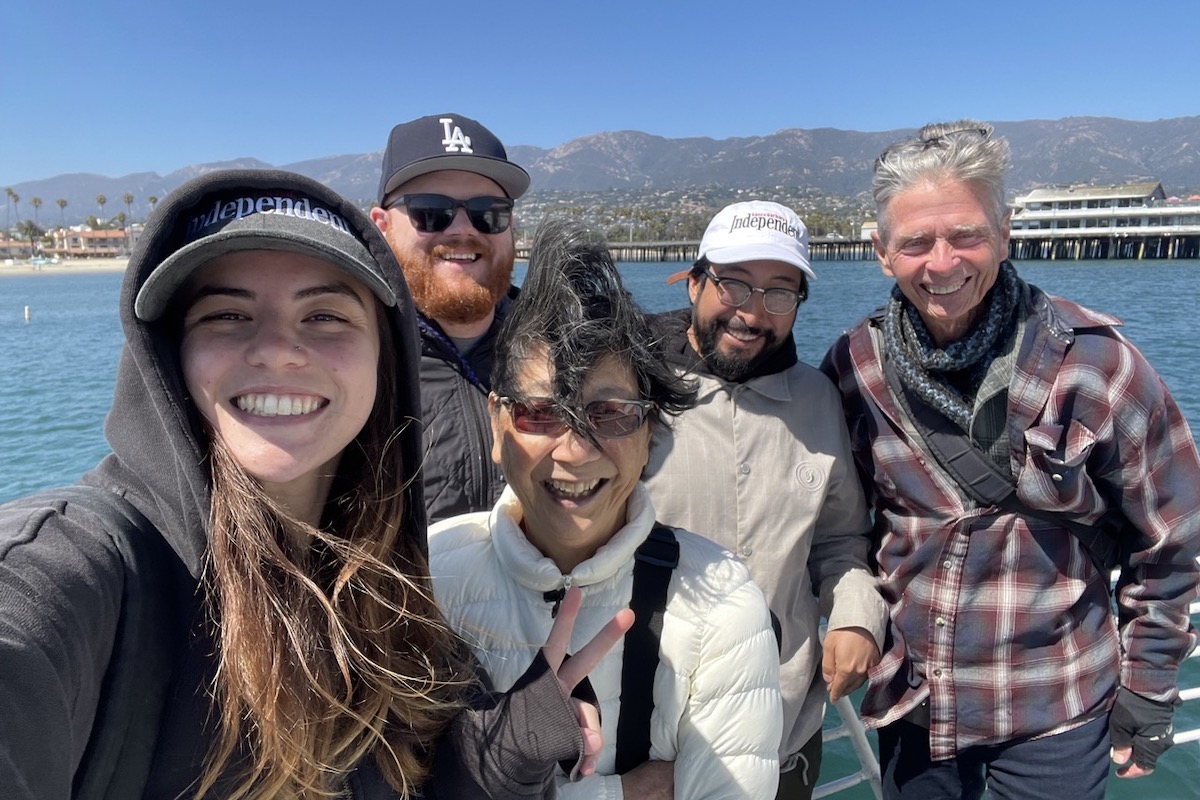
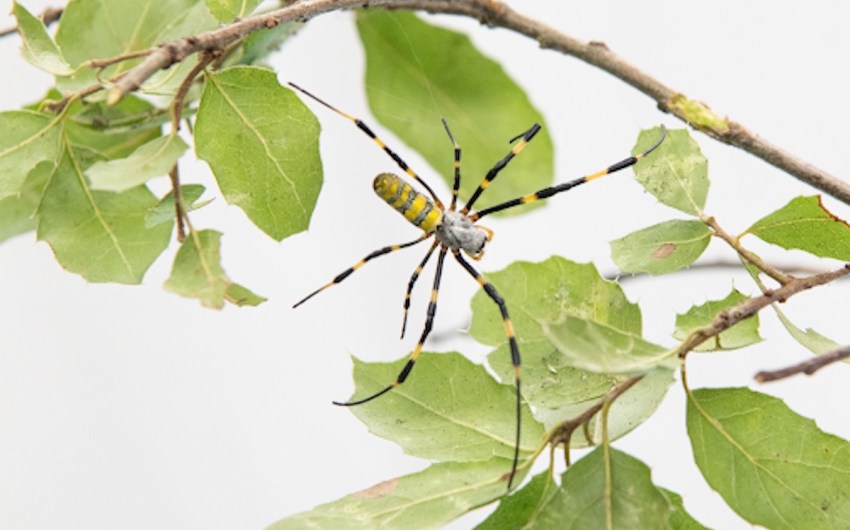
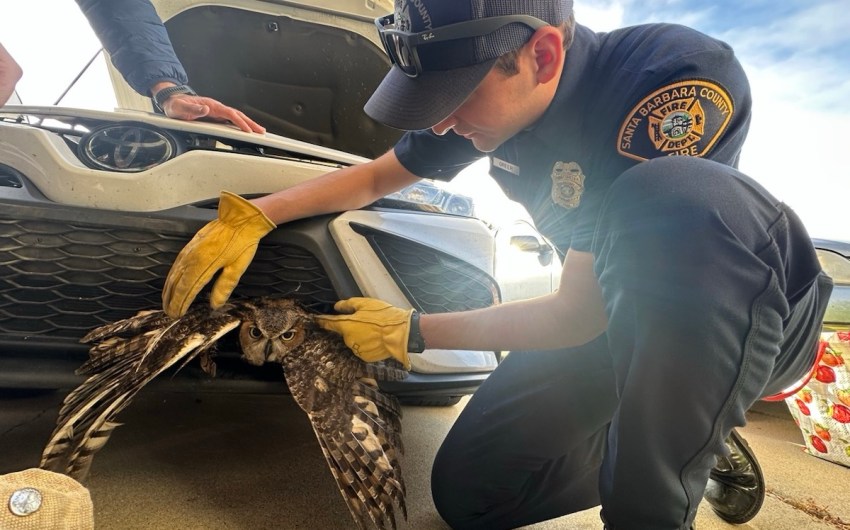
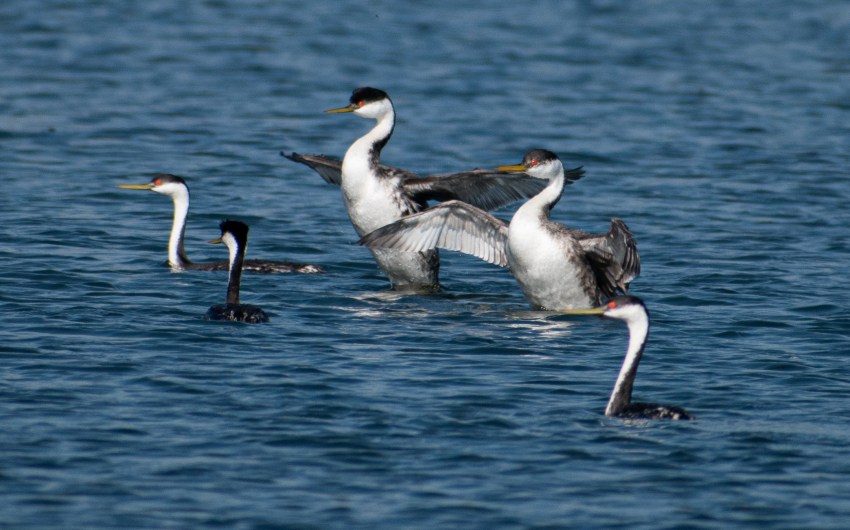
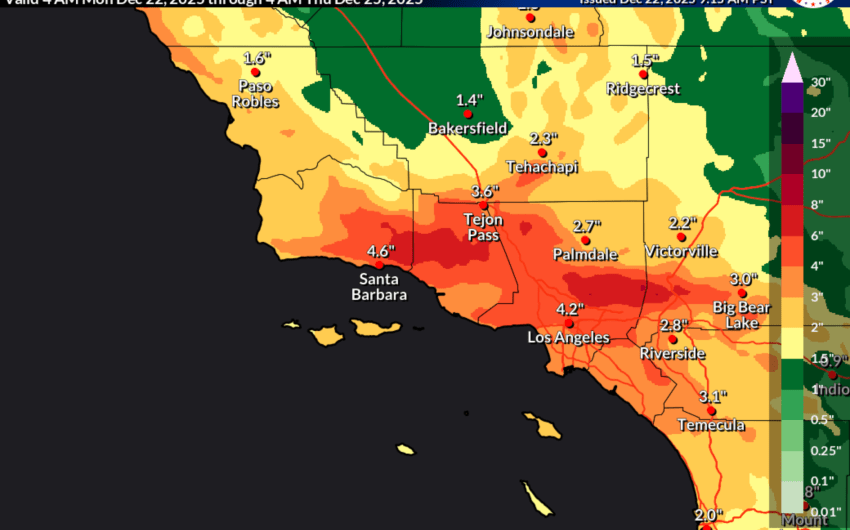


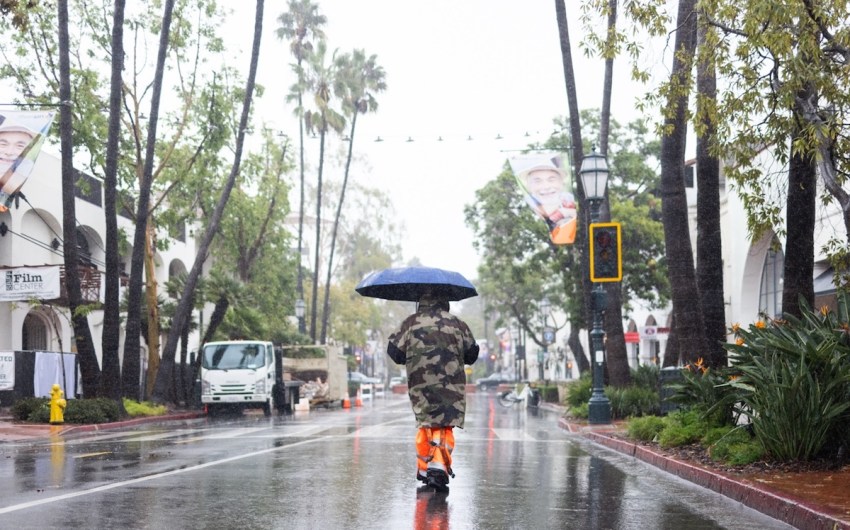


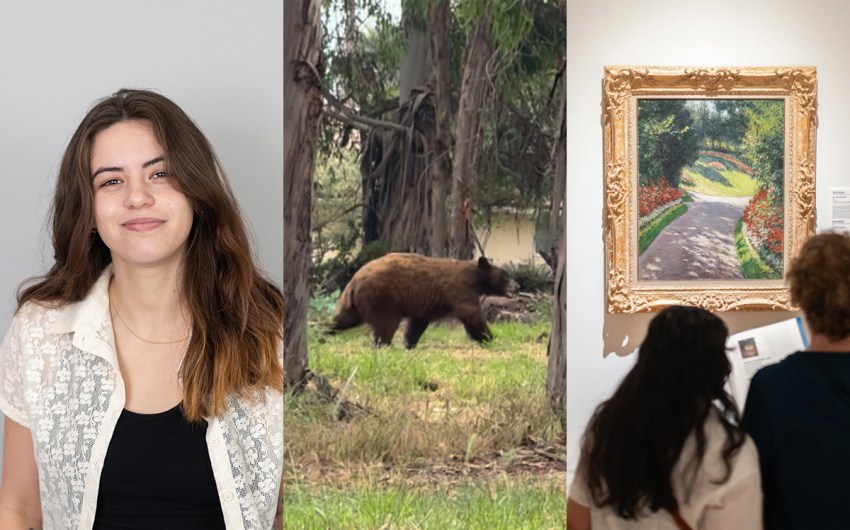

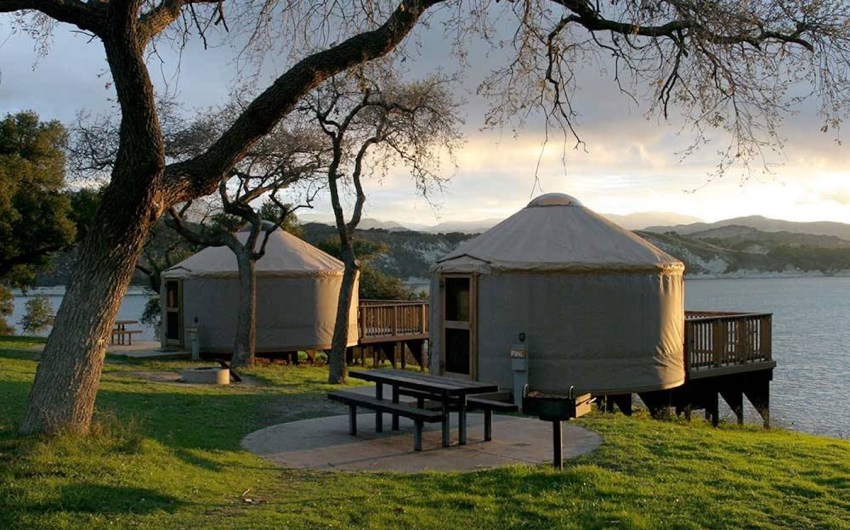



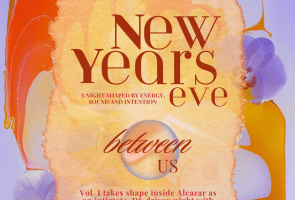

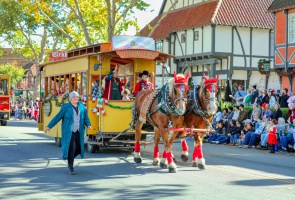
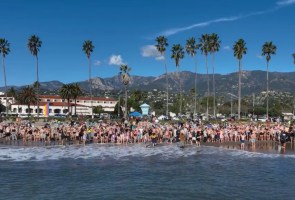
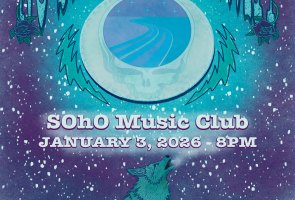


You must be logged in to post a comment.